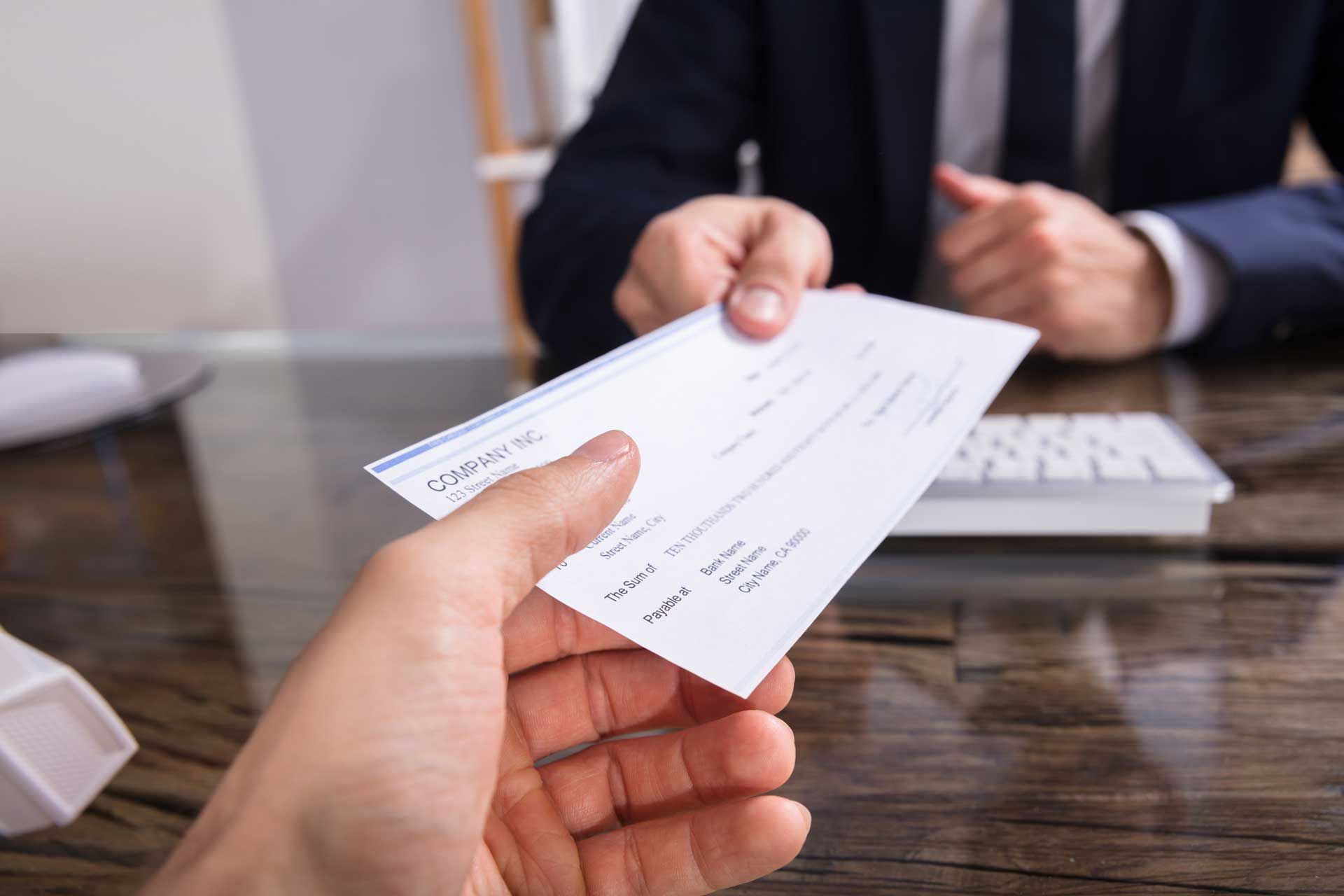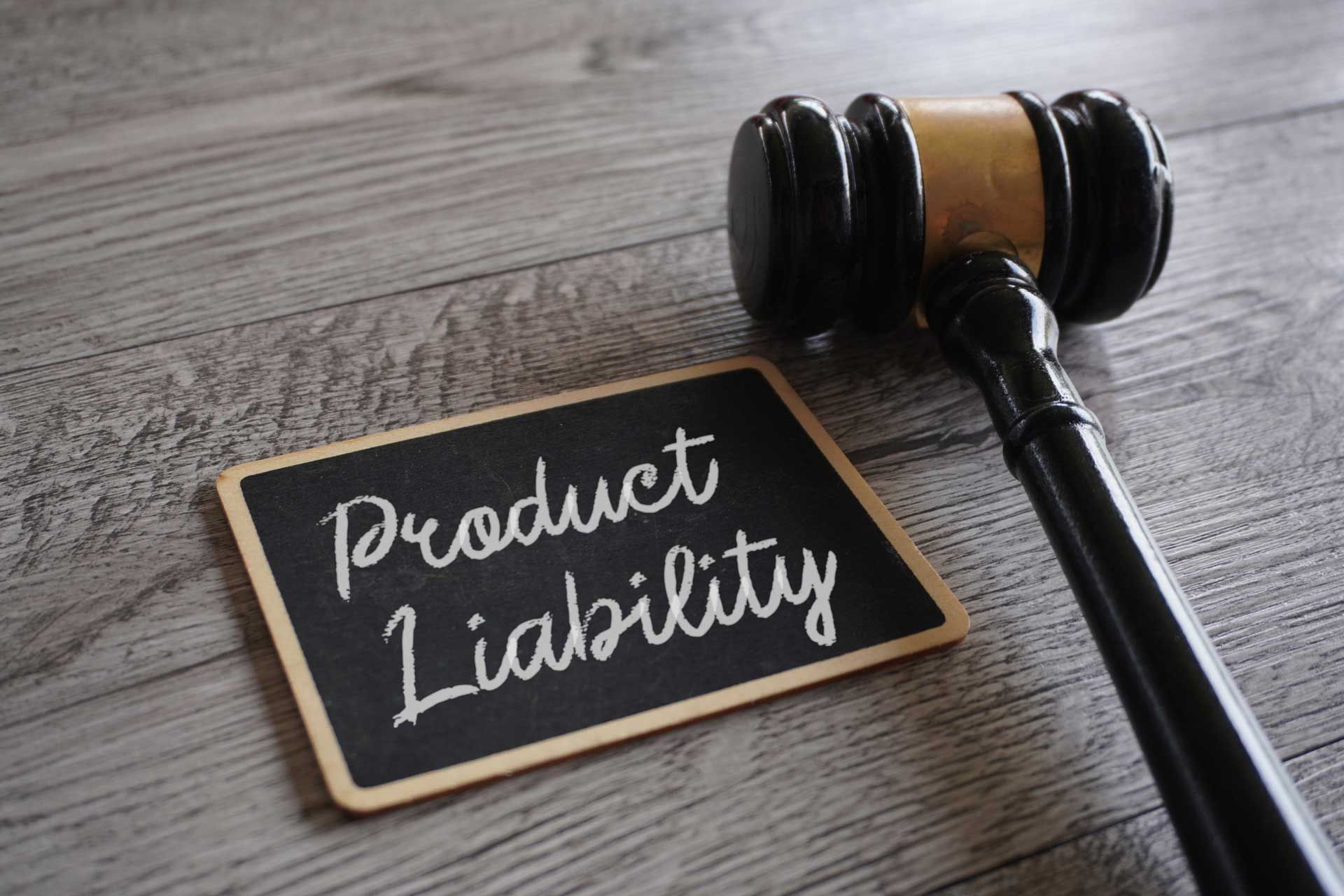How to Succeed with Seed Round Funding
With the economy weakening, it may not continue, but there has never been a better opportunity to start a business. Over the previous four years, the number of seed-funded businesses has quadrupled. Over 200 micro-venture capital firms have recently raised over $4 billion to invest in startups at their infancy. This all adds up to a fantastic environment in which to launch a business. While raising a seed round used to take weeks or months, we're now seeing some rounds raised in only a few days. Companies are being pushed out of incubators and accelerators in greater numbers, with many receiving term papers within hours after coming off the demo day stage.
Ironically, I feel that the present "Seed Surge" is unintentionally worsening the Series A Crunch. Many founders are getting a false sense of security going into their Series A because of the present unrestricted flow of seed-stage finance.
This is a common story I've heard from many founders and startups both inside and outside the First Round ecosystem. I feel that the extraordinary levels of seed money accessible to entrepreneurs early on, throughout our industry, is setting them up for a harsh reality check at Series A. You may call it a "crunch" or whatever you want, but it's having a substantial influence on the long-term success of businesses. Looking at this pattern, I believe the trick is to remain slim and deliberate once the money is in the bank.
Here's why I think this is so important, and what founders may do to avoid being killed in the process.
What's Going On?
Today, seed capital is more abundant and easier to raise than it has ever been in my career. Ironically, this means that everything becomes much more difficult. It establishes a strong expectation — especially for young, first-time entrepreneurs — that what they believed to be difficult will be relatively simple the next time they do it. The issue is that the number of A rounds has remained constant. The amount of Series A capital has remained unchanged. So, if there are four times as many startups with seed capital, there are four times as many competitors fighting for the same money... Raising an A round is now four times more difficult than it was five years ago.
When I ask founders about their Series A experience, they frequently express surprise at how difficult it was to get a term sheet, how lengthy the process took, and how complicated the dialogues became. "Whereas seed investment is all about your idea and people, Series A is all about the numbers," as one CEO put it. We weren't keeping track of cohorts or anything like that. I had no idea what LTV or CAC were, or how to respond to concerns about scale economics. We entered into an interrogation that we had not anticipated."
One explanation for this is that founders misinterpret casual conversations with venture capitalists as genuine interest. Founders receive a slew of emails or phone calls from venture capitalists, and they feel compelled to begin the financing process right away or risk missing out. This can (and frequently does) result in a lot of hurried pitching before companies are ready. On the VC side, the deal is that both partners and associates get paid to go out and meet with promising emerging companies, but there is no obligation. Investors want to make sure they get "the call" from founders when they start fundraising, so they're encouraged to transmit "positive vibes" to stay in the game. A founder's "happy ears" pick up on these positive sensations, leading to erroneous assumptions about the genuine extent of possible VC interest.
Series A investors are always on the lookout for companies to invest in before they go through the formal process, as it's virtually always in their best interests to avoid a competitive fundraising situation. This indicates that they are aggressive in their pursuit of early meetings. When first-time founders see their inboxes fill up with emails from venture capitalists, they sometimes wrongly believe that the amount and intensity of VC interest will translate into a
quick funding round, and they begin the fundraising process too soon.
The true risk of pitching earlier than intended is that you haven't met all of the necessary milestones and haven't had time to develop a fundraising strategy.
Following a seed round, every firm should think about the inflection points in growth, revenue, and other areas where they need to demonstrate traction
(consumer acceptance, virality, revenue, engagement, and so on) in order to acquire a Series A. It's more critical than ever to meet those objectives, as
Series A investors have more options than ever before for filling each general partner's 1 to 3 annual commitments.
Many startups overlook the tremendous risk of raising money too soon. A corporation might be considered a "shopped bargain" once it has taken more than a few meetings. In the startup world, information spreads quickly.
Great fundraising methods are meticulously planned and executed, much like a tactical mission. For entrepreneurs, the ability to contain knowledge is a tremendous benefit. If a VC knows that 20 of her peers have previously looked at her and passed, she is sending out some very negative signals. How many people go to a restaurant after 20 of their pals say it's disgusting?
Of course, some VCs are able to avoid the herd mentality, but even with them, you'll almost certainly start with a deficit. That isn't to say you won't be able to raise funds in the future; it just means you're putting yourself in a lot more difficult position. After you've shopped a deal, you'll usually need to show more traction by focusing on solid execution for 9 to 12 months before you can try again. A startup's chances of getting a second opinion are slim to none.
Another trend we've noticed is that entrepreneurs are looking for bigger and bigger A rounds. Despite the fact that the market clearly cannot support it, we continue to see firms raising $15 to $20 million Series A rounds just a few months after raising their seed round. An investor must have three times the conviction of a $5 million investment to invest $15 million. I believe that a number of factors are contributing to the desire to raise $15 million or more in a series A round.
Founders frequently notice a few data points and assume that a new normal has emerged. For example, when a founder sees a friend raise a large Series A and reads a few tech news pieces about large Series As, they assume they can accomplish it too. Of sure, it's a possibility. It is, however, far from typical. I've also heard a lot of later-stage investors offering terrible advise to early-stage companies. For instance, at a first meeting on Sand Hill Road, a founder suggests a large target round size. When the investor doesn't blink, the entrepreneur begins to believe it's possible, even if it isn't.
A simple piece of advice: it's far easier to increase than decrease the size of a round.
The most successful founders I've met wait to raise money until they've demonstrated traction and reached proof-points that signify a significant move forward for their businesses, and then they ask for a lower range. You never want to call a VC and say, "Hey, I know I promised you last month that I was raising $15 million, but after talking to a bunch of people, I'm going to raise $6 million." Every investor will understand what this means, and it will raise concerns about you and your business. It's far better to call and say, "So, I was hoping to raise $6 to $8 million, but given the high investor interest, it looks like we'll be able to raise $12 million."
I can't tell you how many times I've heard about rounds that failed because the founders raised too much money too soon. It's a phenomenon in the industry, but founders' perspectives are only now beginning to shift.
I believe that founders significantly underestimate the danger of financing failure.
So, What Should Entrepreneurs Do?
The good news is that businesses are not required to fall into the Series A trap. There are other ways to capitalize on such trends and use them to your benefit.
Some of the sharpest startups I work with, for example, are using the seed fundraising boom to raise larger early rounds, giving them more time to get more done and hit more important inflection points. If you're only new and sparkling for a short time, make the most of it.
You're raising seed money based on the strength of your vision. There's nothing like numbers to muck up a good story, as I usually say. That is precisely what occurs at the Series A. You're now graded based on the data you should have been gathering all along to demonstrate traction, growth, and potential. So, instead of $1.5 million in startup money, why not raise $2.5 million to offer yourself the best chance of perfecting this data? After Series Seed, you should aim for 18 to 24 months of runway. When you don't need follow-on capital, the optimum moment to raise it is when you don't need it, and having two years of runway provides you the highest chance of landing in that circumstance.
Another advantage of raising seed capital in today's market is that more companies can choose which seed investors they want to engage with. There's an opportunity to be more selective about the investors you seek.
My recommendation is to do your research and discover which companies and individuals have a history of working hard to assist their startups succeed.
While some super-angels are extremely valuable, there are others who are neither super nor angelic. Rather than a "party round" of VC firm logos, I believe that founders are better served by investors who will roll up their sleeves and open doors, help source and hire exceptional personnel, provide feedback on a Series A pitch, and call in favors to make things happen. Also, be sure your investor is willing to put in actual effort in exchange for a seed investment. It's difficult for a company that writes checks worth $250K and $25M to provide the same level of service and support.
Once you have the money in the bank, you must take a step back and carefully plan your next steps. It never ceases to amaze me how many entrepreneurs fail to budget realistically. When it comes time to raise your A, it's critical that you have a clear image of the traction and proof points you'll need to present investors. And these proof points must show a considerable increase in valuation as well as de-risk your notion. Given the high cost of good personnel and the present real estate market in the Bay Area, this is more difficult.
It's a lot easier to spend $1 million than you may expect. Maintaining a low burn rate until you achieve product-market fit will give you the best opportunity of growing a large business.
"All right, we have a year's worth of funding, let's debut in 11 months," many companies remark. This isn't a sound strategy.
Even if you think you'll ship on time (which seldom happens), if you take 11 months to construct your product, you'll run out of runway before you truly understand what it's like to be out in the market collecting data. Nothing beats a successful launch followed by clients who adore what you've created when it comes to increasing your chances of a successful A round. The months that follow a successful launch define its success. Let's imagine you're an eCommerce business that knows the Christmas season will account for 40% of your total revenue. You don't want to find yourself in a situation where you need to raise money in November. You'll want to make sure you have enough funds on hand to raise following the milestone in February.
These turning points shift from year to year, so make sure you're up to date on what's now fundable. Given the danger of bringing hardware to market, investors are now requiring pre-sales in the millions with a product that is either functioning or currently in production.
When it comes to timing, keep in mind that a successful fundraising campaign will take between 4 and 8 weeks. When you include in the time it takes to prepare and close, you're looking at a few months. When considering a timeframe and proof points, keep this math in mind. It's risky to cut things too close together.
Keep in mind that simply collecting this information isn't enough. Your Series A pitch should be far more professional and practiced than you believe. While it's an unpleasant task that's easy to avoid, your fundraising pitch is a make-or-break situation. I've seen entrepreneurs spend more time on weekly payroll than on their pitches. Once you begin the process, you must make it the most essential, if not the only, priority.
In conversation, founders must be able to exhibit command of their figures.
Preparing for a Series A should take no less than four weeks. We've even created a First Round inside staff called "Pitch Assist" that works with our entrepreneurs to craft the best fundraising story possible.
All of this may make it appear as if you should begin restricting funds right away. But there's no need to go to such lengths. You don't want to put yourself in a position where you can't create and grow quickly. Raising a larger seed and measuring your progress against the milestones you need to meet will put you in good shape.
Get input from your advisors and other entrepreneurs on the proof points they believe you'll need to demonstrate. Prioritize recommendations from people who have worked in a similar industry or who are the most familiar with your business approach. If you're a SaaS company, seek out consultants or seed investors who are well-versed in the industry. They should be aware of the specific market parameters that are creating a lot of interest from follow-on investors.
Depending on your industry, aggressive client expansion rather than monetization may generate more company value. When it comes to persuading investors, progress in all aspects is not the same. I strongly advise you to conduct due diligence on the companies you actually want in your A round. Find out what they often want or expect from other entrepreneurs who have pitched them or seed investors who are familiar with them. When it comes to what companies want to see from entrepreneurs, the list is long. The more information you have, the more you will be able to adjust your plan to each encounter. Adversity isn't always a negative experience. "All the difficulty I've faced in life, all my troubles and obstacles, have strengthened me," Walt Disney famously said. You might not realize it at the time, but a kick in the teeth could be the best thing for you." It is not easy to start a business. Building an awesome product, hiring talented employees, and raising financing are all difficult tasks. Don't be fooled by the series Seed Surge into assuming that future financings will be easy.
The Most Important Takeaways:
The Complete Series A financial crunch is affecting the entire sector, causing fundraising rounds to collapse and restricting the potential of businesses. However, there has never been a better time to be a startup seeking initial investment. It's 4 times more accessible.
Only begin a Series A fundraising campaign when you've achieved important milestones to avoid a time crunch. It's dangerous to begin too soon.
Consider the size of the round you'd like to raise. It's usually easier to make a bigger round than it is to make a smaller one, so let the market bid you up.
Consider raising a larger seed round so you have more time to rack up proof points before your A.
During your seed phase, take your time to find the proper investors to assist you raise the following round.
Understand the critical inflection points that must be reached in order to demonstrate successful step change.
Allow enough time in the market to collect the data you need and determine what information is most enticing to present with potential investors. Stay engaged and make yourself ready for the next round even as you successfully complete this one.



